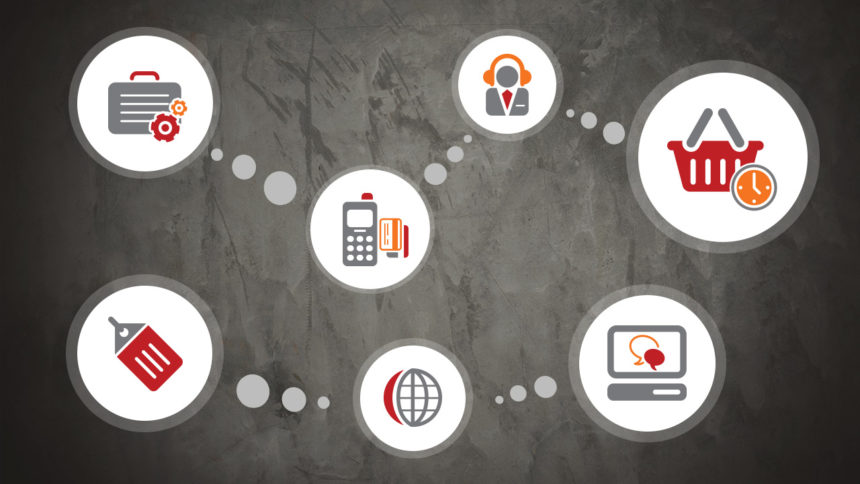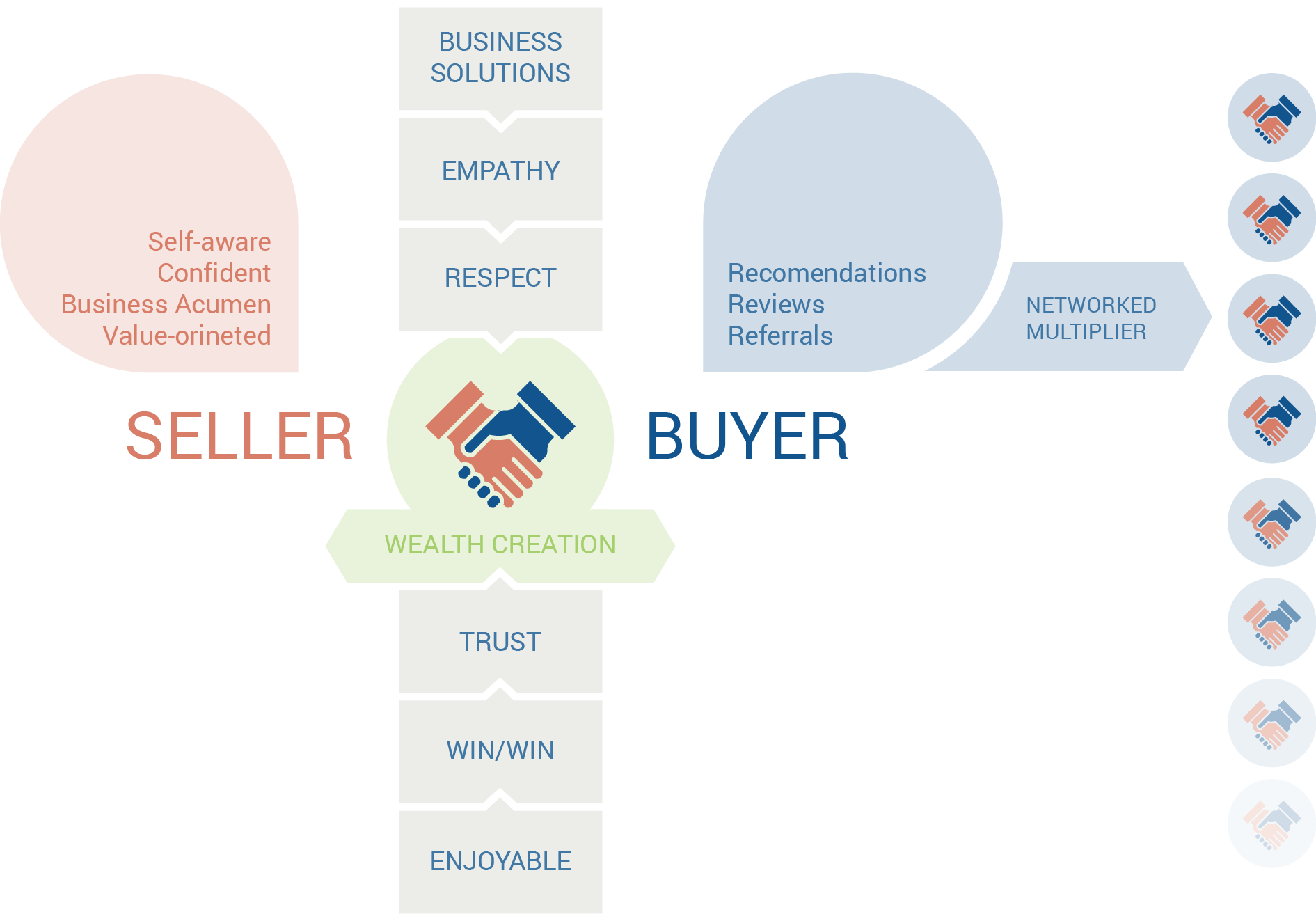One way that you can boost your sales is by upselling. Yet, what is the most effective way to create these opportunities? Here are four strategies that will increase the likelihood that prospects will respond favorably to your upselling attempts.
Strategy #1: Earn The Right To Attempt to Upsell
Before you attempt to upsell you must first acquire a thorough understanding of your buyer’s perspective and situation. This may sound straightforward, but it is here that salespeople often fail. A recent Forrester Research study found that a shocking 88 percent of the buyers surveyed believed that salespeople do not understand their problems enough to be able to help solve them. So until your potential customers believe that you understand their problems and objectives, you are not in a position to even attempt to upsell.
Strategy #2: Gain Acceptance to a Larger Request First
There is some very compelling research from behavioral science that shows you are significantly more likely to gain compliance to an upselling request if you have already gained a commitment to a larger request. For example, it’s easier to upsell service contracts to potential customers once they have agreed to purchase your software platform. The reason is because in comparison to the software, which they have already committed to, the service contract is perceived to be a much smaller decision. This is why the best time to attempt to upsell is right after your buyers have committed to act on a larger, related issue.
Strategy #3: Lead with Insights
How should you introduce an upselling opportunity? The best way is to leverage your expertise and look for additional problems that the buyer has that you can solve. Then once you have identified these, provide an insight that will bring it to your buyers’ attention. Offering these insights will also help you gain more trust and position yourself as an expert who can provide real, meaningful value.
Over the years, I have found that potential customers are extremely open to these insights. In fact, often, the issues potential customers think they have is only part of a larger problem. This is why once you begin to look for upselling opportunities; they are relatively easy to spot.
So how should you introduce an upselling opportunity? Here are some introductory phrases that you can use to introduce these insights:
- “Have you ever considered…”
- “Another option you could pursue is…”
- “Something else that a lot of other people in your situation consider is…”
- “When most of our clients considered this option, they also look at…”
Strategy #4: Get Comfortable Upselling
When you first begin trying to upsell, the number one deterrent will be that it will feel uncomfortable. The reason is because is new. So what can you do to increase your comfort levels? There are two things that must happen before you will begin to feel comfortable executing any new sales behavior: Competency and frequency. Let’s first look at competency.
Learning how to upsell will help you become competent, which will inspire confidence and comfort. In addition to the strategies I have shared regarding how to upsell, identify a few of your customers’ common concerns. What are some ways that your product or service can solve these issues? How are you going to introduce an upselling opportunity? Once you know the answers to these questions, you can begin to focus on the next phase of becoming comfortable, which is frequency.
Before you can become comfortable upselling you must practice it. However, there are decades of research studies that have proven that how you practice is just as important as how much you practice. Productive practice should never involve potential customers. Instead, it should be done in a context that allows you to fail, receive feedback and learn. This is why before you ever attempt to upsell with actual prospects, you should first practice. You can practice with a co-worker, spouse, significant others or even record yourself. Regardless of how you practice, be sure to do so in a way that allows you to make mistakes and learn from them.
Then once you have practiced, received feedback and adapted based on the feedback you’ve received, you will find that you will begin to feel more comfortable. For example, when you first started driving, remember how uncomfortable that felt? It was only after you learned what to do and practiced doing it that you became comfortable. The same is true with any new sales behavior, such as upselling.
One final thought on upselling. Why should you do it? The reason isn’t just to grow your sales or improve your income. The reason to upsell is to deliver more value to your potential customers. This is why those salespeople who become skilled at upselling are almost always the same salespeople who have the highest customer satisfaction ratings. In other words, upselling is something you do for others, not to them.









